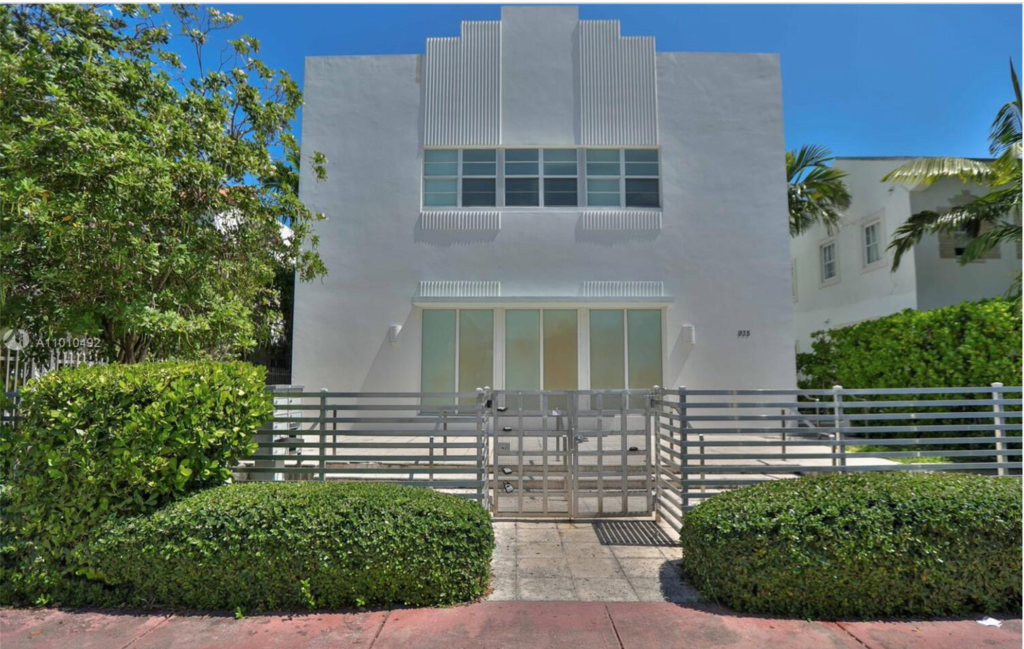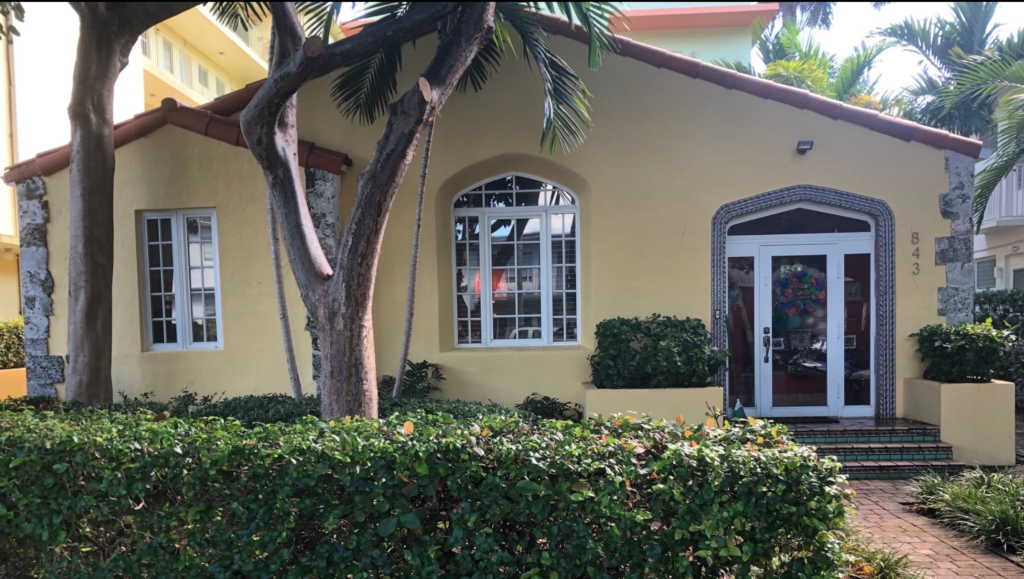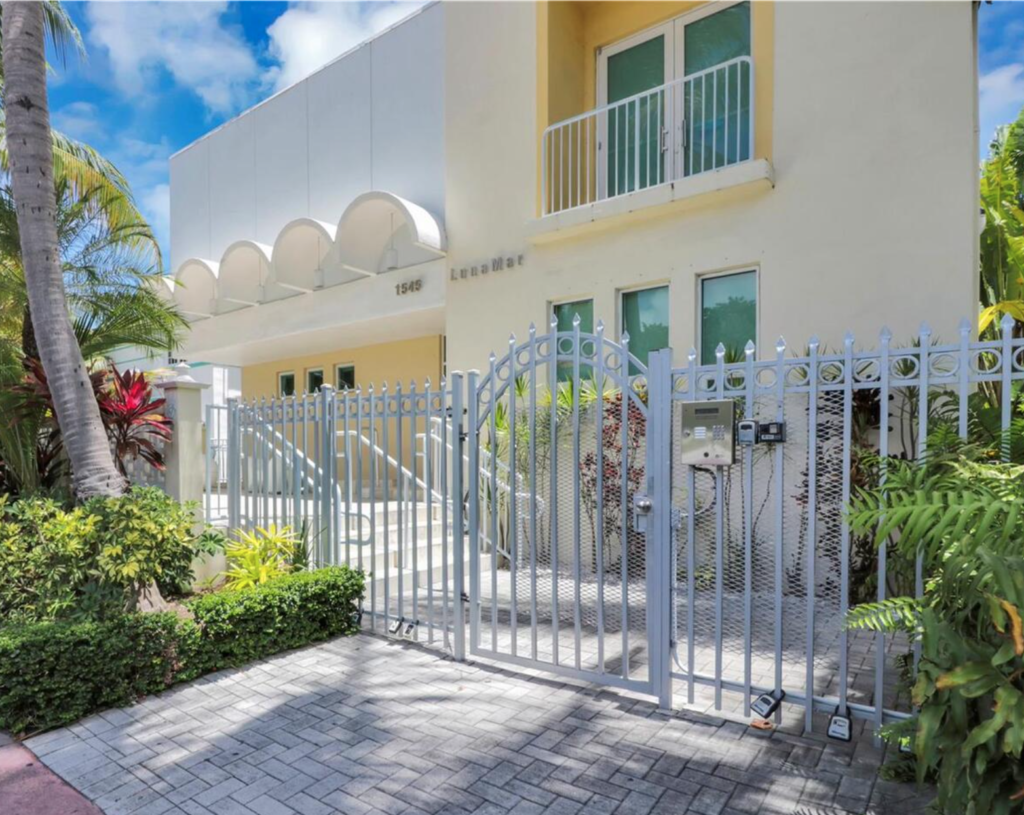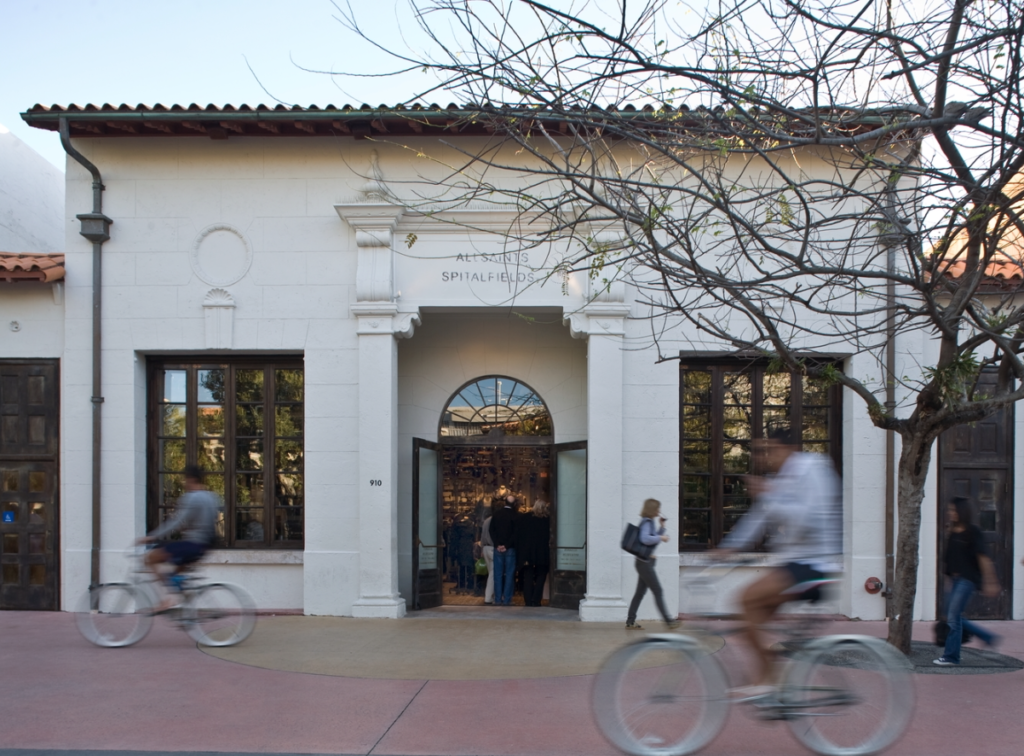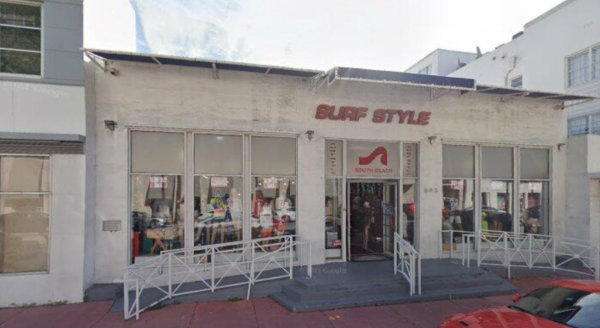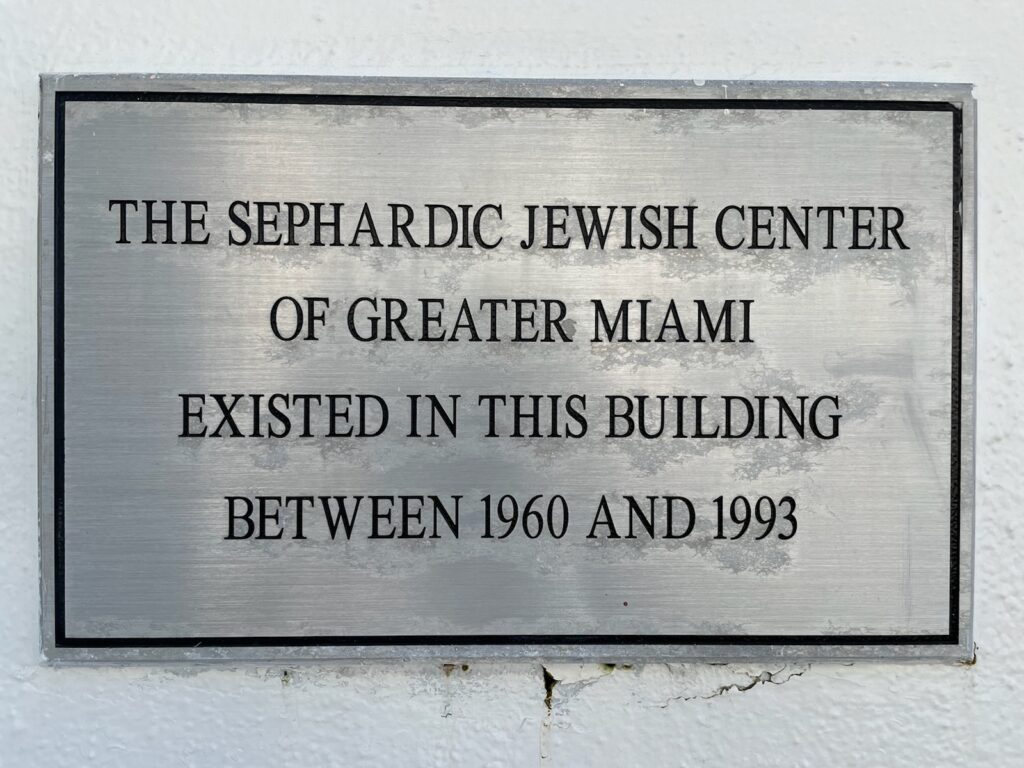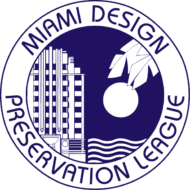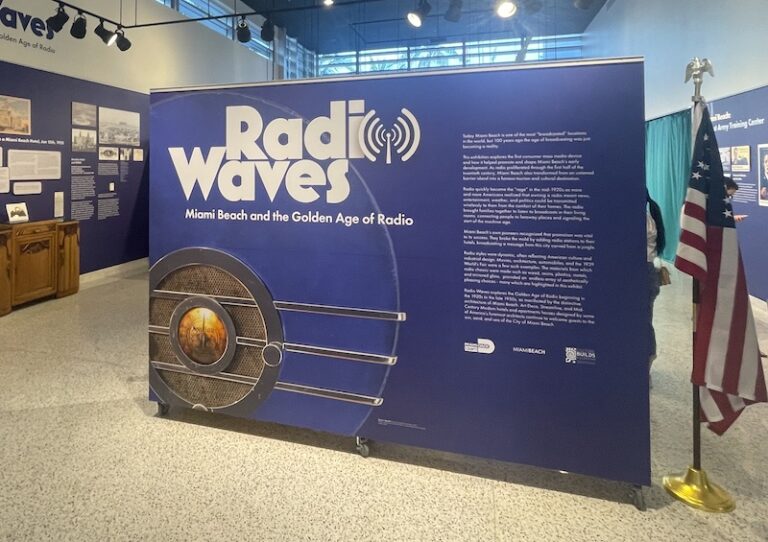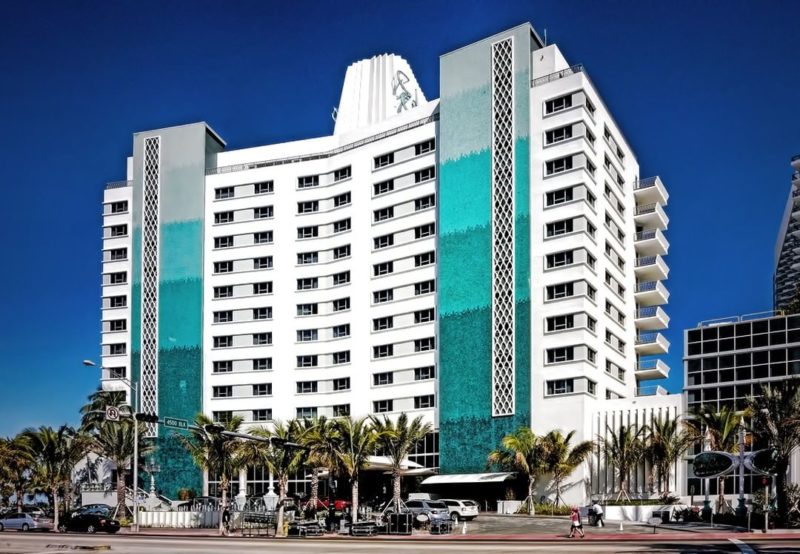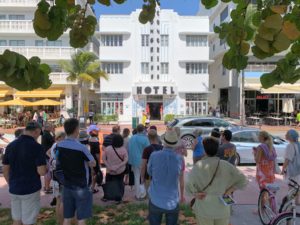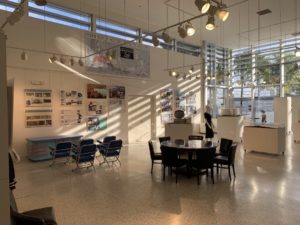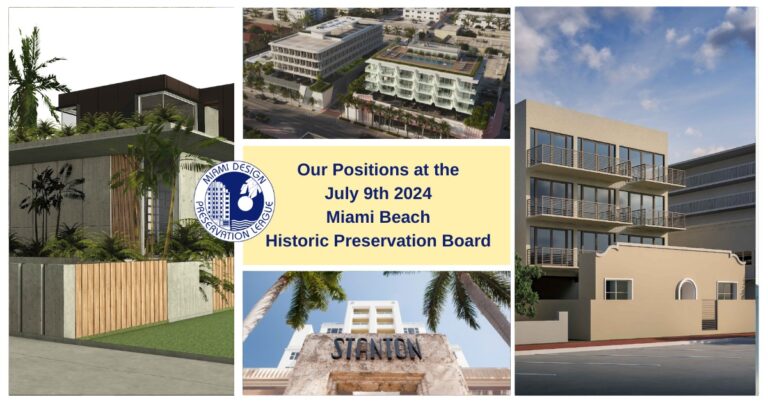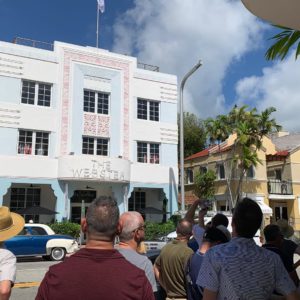Before the city of Miami Beach became a hotspot for nightlife and celebrities, it was home to a massive Jewish retiree population. During the 1950s and 60s, Miami Beach’s Jewish population grew exponentially, up from just 16,000 before World War II. Many of them were former New Yorkers, often Holocaust survivors, that dreamed of retiring to Florida’s sunny climate. Yiddish culture grew in popularity in South Florida when South Beach suddenly became a refuge for those Holocaust survivors and their disappearing language. Yiddish theatre was declining in other parts of the country, however Miami Beach had six operating Yiddish theatres.
The Jewish population peaked in South Beach during the 1970’s, when its two square mile area was comprised of 20,000 Jewish residents (about 80 percent) that were mostly observant. Grateful to be freely practicing their religion, on every other block you could find either a Jewish house of worship or an informal gathering of men praying in makeshift temples in the Art Deco Hotels lining Ocean Drive and Collins Avenue. In addition, most of the neighborhood had plenty of kosher butchers, supermarkets, restaurants and bakeries. Because the average age of these residents were in their 70s, “God’s waiting room” was the phrase that you heard over and over again. When you see photographs taken from that era you realize just the opposite, that this community of Jews on South Beach were not just waiting around to die. They were full of life and part of a large community that shared their religion, their backgrounds and common experiences. The word “shtetl” was used to describe the South Beach of those days, which is defined as a small Jewish town or village in eastern Europe. However, unlike their native towns in Eastern Europe, here in America they tasted the freedom to openly congregate and to live their last days to the fullest.
Here are pictures of some South Beach temples from a 1975 Directory that once were very active but no longer exist.
